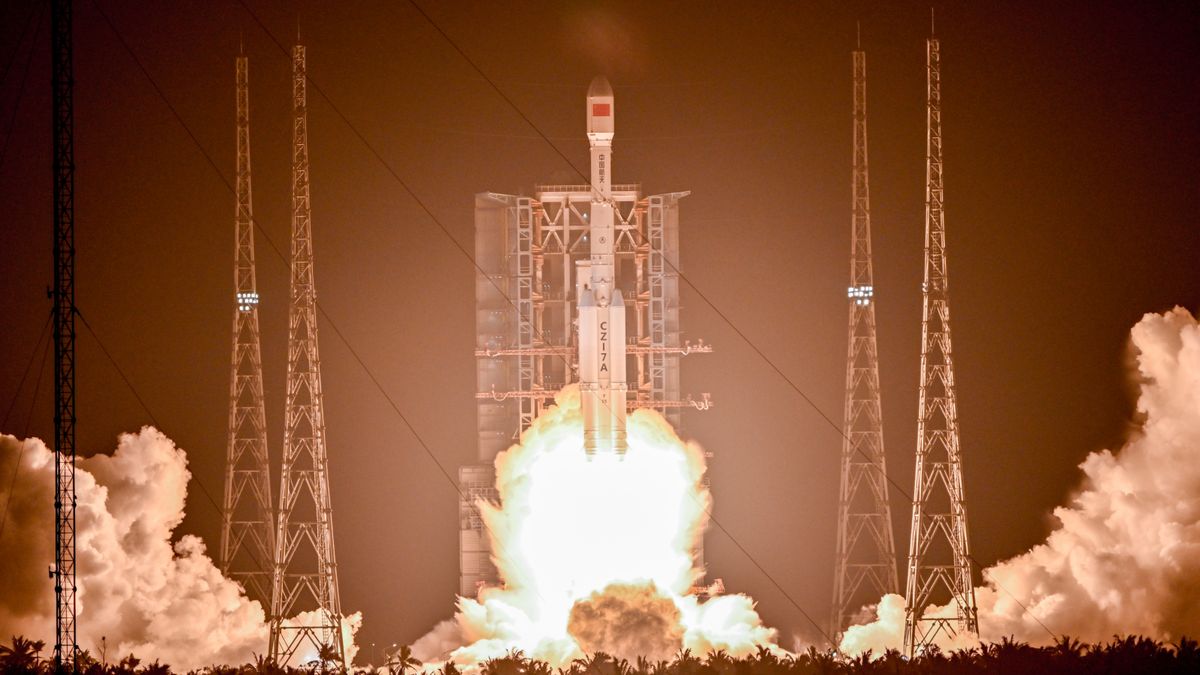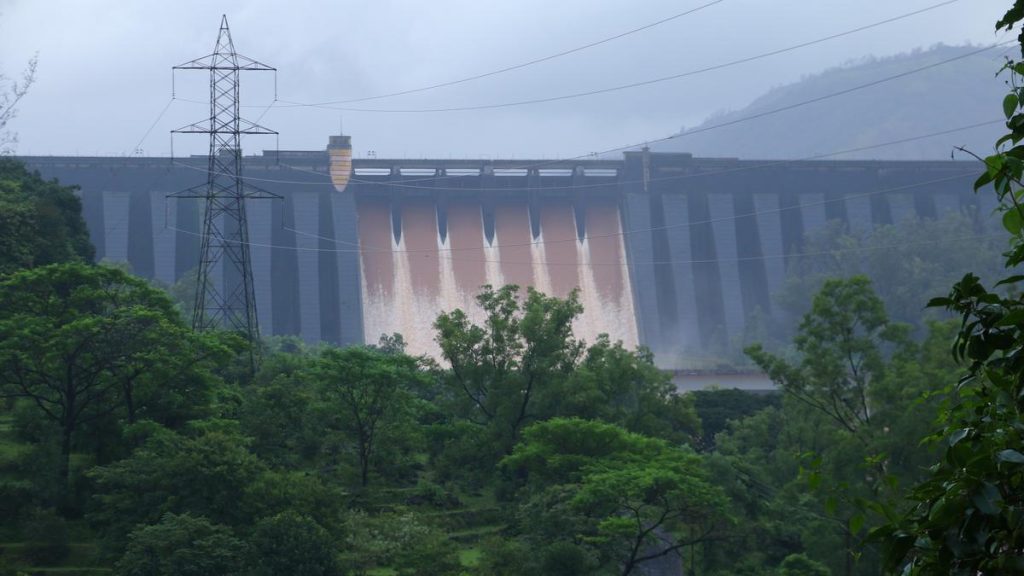Now Reading: China Launches First Phase of AI Supercomputer Network in Space
-
01
China Launches First Phase of AI Supercomputer Network in Space
China Launches First Phase of AI Supercomputer Network in Space

Quick Summary:
- China launched 12 satellites from Jiuquan Satellite Launch Center on May 14 as part of a proposed constellation of 2,800 AI supercomputer satellites named the “Three-Body Computing Constellation.”
- Led by ADA Space and Zhejiang lab,the satellites aim to process data directly in space rather than relying on Earth-based computing systems.
- Each satellite contains an AI model with an individual capacity of 744 tera operations per second (TOPS), with combined computing power reaching five peta operations per second upon integration.
- The cold vacuum of space is utilized for cooling these high-performance computers, reducing dependency on ground cooling systems and lowering environmental impact.
- By enabling “edge computing,” processed data will be transmitted to Earth more efficiently instead of raw data subject to bandwidth restrictions and narrow transmission windows during satellite passes over ground stations.
- Advanced inter-satellite laser dialog networks are integrated into the constellation; one satellite includes X-ray polarization detection capabilities for cosmic studies like gamma-ray bursts.
- Wang Jian from zhejiang Lab highlighted the significance of incorporating AI into space at Macau’s Beyond Expo tech conference (May 21),calling for increased international collaboration in such endeavors.
For detailed facts: Read More
Indian Opinion Analysis:
China’s advancement in deploying a scalable network of AI-driven satellites marks a significant shift in technology that could reshape global competition. As this constellation reduces dependency on terrestrial infrastructure and promotes edge computing solutions directly in orbit, its implications extend beyond technical efficiency-it sets benchmarks for sustainability through reduced carbon footprints while positioning China at the forefront of innovative aerospace technologies.
For India, this development may reinforce efforts toward indigenous advancements under missions like ISRO’s recent endeavors to expand its satellite fleet or integrate state-of-the-art computational models. Investments dedicated to self-reliance and global partnerships can help address technological gaps while ensuring India remains competitive amidst increasing dominance by nations exploring similar tech-rich opportunities such as edge computation.
International cooperation remains critical; though, geopolitical sensitivities surrounding shared access or operational clarity might influence India’s strategic engagement with projects akin to China’s Three-Body Computing Constellation. Identifying niches where mutual expertise aligns-like climate monitoring or cosmic research-could benefit both nations without exacerbating tensions.
Image:
!China launches rocket carrying communication equipment



























